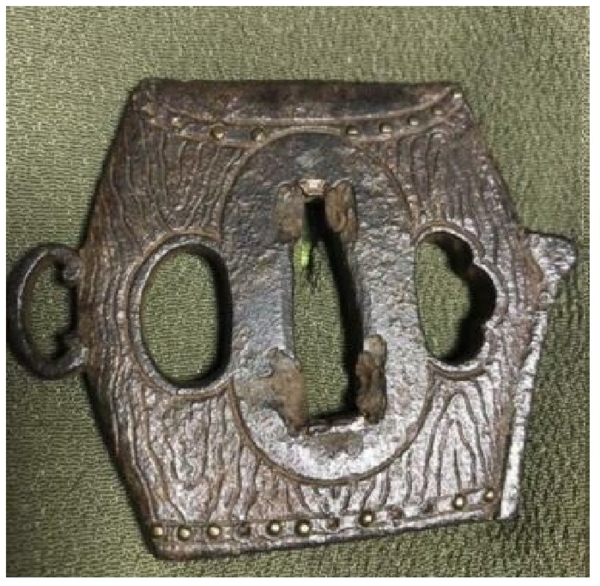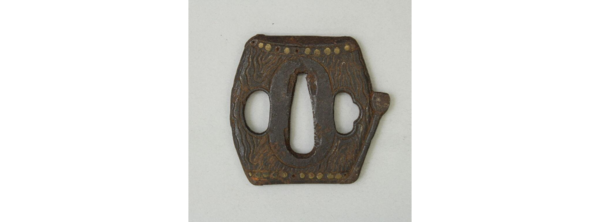-
Posts
3,698 -
Joined
-
Last visited
-
Days Won
100
Content Type
Profiles
Forums
Events
Store
Downloads
Gallery
Everything posted by Spartancrest
-
Sometimes you have to be very careful there is a fine line between re-shaped and trashed guards. Like this one - https://www.jauce.com/auction/r1051664170 it says Tachi tsuba but in reality it was probably an O-seppa that has been broken and 'evened up'. [and not that well either!] Or this obvious cast sukashi that is just the remains of the seppa-dai This one is to be found in the Toledo Museum of Art from the Edward Drummond Libbey collection - obviously cut down from a very common form. [No colour image available] number 1912.720 it is amazing how the removal of two lines can change the look.
-
-
Okan, I think it is termed 'O-suriage' at least that is what a 'shortened blade' is called. They are more common than you may think - they must be because I have three at least myself, including this 'pair' - the central area of both tsuba are identical in size and the smaller one shows clear chisel marks at each separation. Not a true Daisho.
-
Sorry to disagree with most of the 'analysis' - it appears to be a cut down of a larger guard, likely with rim damage that was removed. There are several examples where this has been done. The cut down was done much further back in time than the 'recent' drill damage. The patchy patina is also pretty common from an over clean in the past.
- 51 replies
-
- 12
-

-

-

-

-

-
Here are some eBay examples on leather tsuka covers. [ Not that you can completely trust eBay prices ] https://www.ebay.com.au/itm/384837390792 https://www.ebay.com.au/itm/255554818765 https://www.ebay.com.au/itm/114944374602
-
Basically the same - 'crest' and 'family crest'
-
Kevin welcome. Geraint was asking about the little round ornaments [menuki] they are used for a better grip on the handle [tsuka] a pair could be worth $80 or much more depending on quality and the metal used I would suggest leaving them on the tsuka to avoid damage. The wrap is a special shark or dogfish skin called Samé. In this instance I think the wrong sort of kashira is being used - it looks small and has a slot for passing the binding straps through that this type of mount does not use. A picture is worth a thousand words. I am no expert on swords but I believe the leather handle covers can be rare and thus valuable to the right person. Perhaps a specialist auction might work for you.
-
Another Shachi - this one close to the one I previously posted, likely a casting. https://www.jauce.com/auction/b1052994185
-
From Johannesburg South Africa. https://www.sirkeljewellery.co.za/mens-collection/owxjbojbi1irydmmwza3f5zcho6lm7 'Tsuba' Ring - Hand engraved white and yellow gold, rose gold with garnet For the man who has everything else tosogu!
- 1 reply
-
- 4
-

-

-

-
Some nice pieces currently seeking a home. https://www.jauce.com/auction/n1052904868 https://www.jauce.com/auction/w1052793313 https://www.jauce.com/auction/n1052797968 https://www.jauce.com/auction/d1052792215
-
Sorry I could not resist posting this find! https://intojapanwaraku.com/gourmet/59024/ Belgian chocolate in five tsuba designs - 1500 yen [makes it an expensive indulgence!] - Oh and check out the sword ice cream. The yuzu is a Japanese citrus fruit — often likened to a lemon crossed with a mandarin orange. Also for those aspiring smiths who like to start with the raw ingredients for making blades - "Tamahagane Biscotti" Yum, don't you just want to run out and order the lot!
-
One in the Cleveland Museum of Art, number 1919.377 - very similar. And another from my files 'Utsushi'. These are a little more elaborate - none are signed so attribution is difficult.
-
-
Looks like someone had the same idea of a display box - shame they chose modern fakes. Screwing tsuba with the seppa to the backing board would not be my first choice. https://www.invaluable.com/auction-lot/Japanese-sword-decorated-tsuba-lot-of-9-74101-c-1ca4c47a23#
-
Sorry I don't have any information on the first guard - the second is from the Metropolitan Museum of Art acc. Number 14.60.40 https://www.metmuseum.org/art/collection/search/34941 It is signed but I don't have the translation. Tsuba menuki
-
Kurt nice 'set' I think you are correct, they look made by two different people, the punches used are slightly different in shape and size. Signatures are also not identical and even the seal is slightly off. Nonetheless they look in great condition and are without doubt hand made. I have three of these [though still waiting on two on a very slow boat from Japan] and have collected over a dozen images of similar pieces. There are a number of different designed seals so at least yours are from the one group. I don't have any evidence, but I suspect the design was popular and from the numbers evident there must have been a production line of apprentices doing the bulk of the work, with a Master overseeing the quality. You now just need to find a matching Tanto size guard to have a Tri-sho [made up word] A small mystery but I have also found a number of these guards with the mei partly erased? Not up to the Masters standard? - You might note two of the tanto size have the same seal as your set, the other has worn off or been erased.
-
Steve B., thanks very much for the alternate views - looks like only half the drum was 'cleaned' [I also call mine a teapot - even if it isn't ] but it has a slightly strange colour to it? Lost most of the ten-zogan and also looks like some of the carved wood grain is worn away bottom corner left [omote] - at least it has retained it's 'handle' which is more than can be said of the V&A example. Different circumstances, but they are 'repairable'. Loss of patina is better than corrosion damage. Chris - as usual, very nice!
-
Come on Curran - bit of black shoe polish?
-
The boatman has lost his hat and paddle in the water - now he can't get back to shore and he is getting sun burn? Fashion items, nice broad brim hat with a samurai neck tie?
-
Is it possible to see the opposite side of the guards - I notice the drum one is shown with the ura view and not sure of the first top row - unusual thin hitsu.
-
I personally can't wait till the next sequel to come out. It is for the more advanced collectors - "Tsuba - in your blood!"
-
Well I can tell him that the second top one [Taiko drum] has a similar one in the V&A [Victoria and Albert Museum UK.] that one does not have the handle on the side. https://collections.vam.ac.uk/item/O462573/tsuba/ Also close to one of my pieces which has the handle and a drumstick on the opposite side - looking like a spout of a teapot. Unfortunately I can't say what school or maker made it - nor can the V&A . But a wild guess going with the ten-zogan inlay it is possibly Shoami? The left bottom one could be Soten or at least Hikone-bori. The bottom right is Hizen or Namban. I have not seen many Namban in that shape.
-
I will send you a PM with his email.
-
Colin, you are right - but the dot inlay is difficult to see [that's my excuse anyway ] I wonder if there was more inlay that has fallen out over time? It is pretty common on older pieces. By the way two of the examples I sent are mine - they may be 'low grade' but I think they are honest and I rather like them.
-
I think it may belong to this group- what I have always thought of as low grade Shoami [I could be wide of the mark] they usually have some ten-zogan and very simple designs, yours looks even simpler and just punch marks rather than ten-zogan. An ebay signed example https://www.ebay.com/itm/334182104384



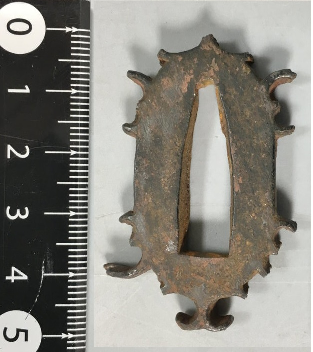
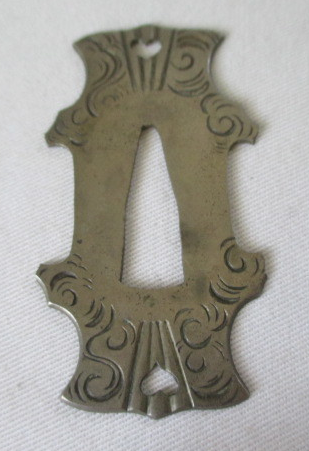
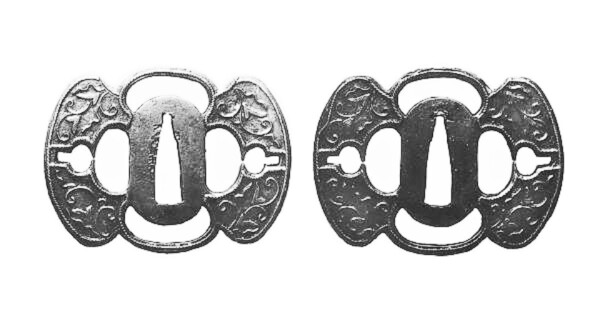
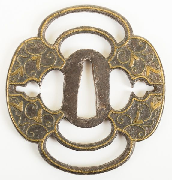
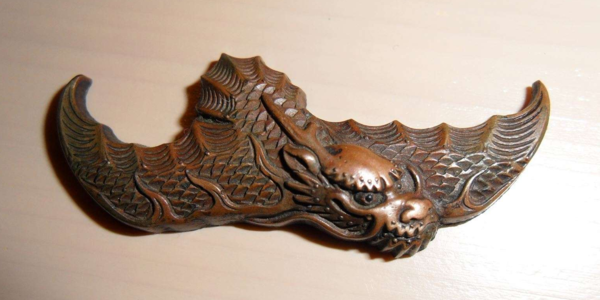
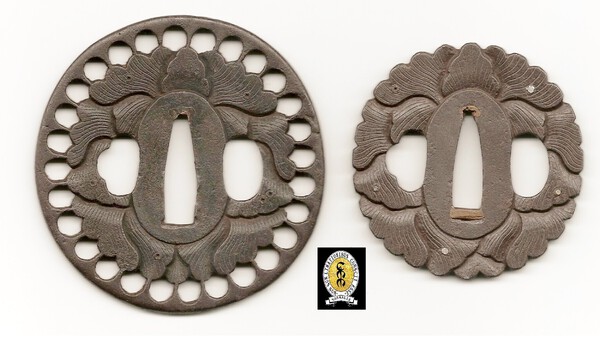
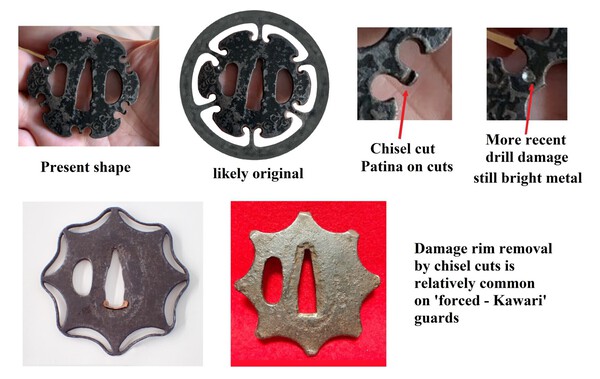
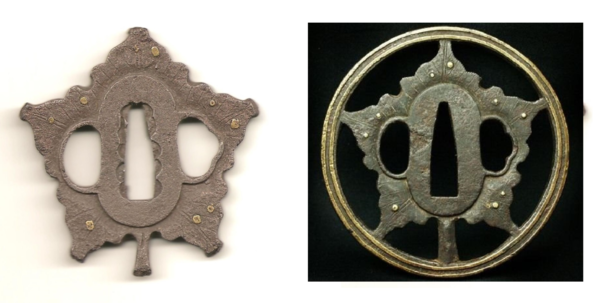
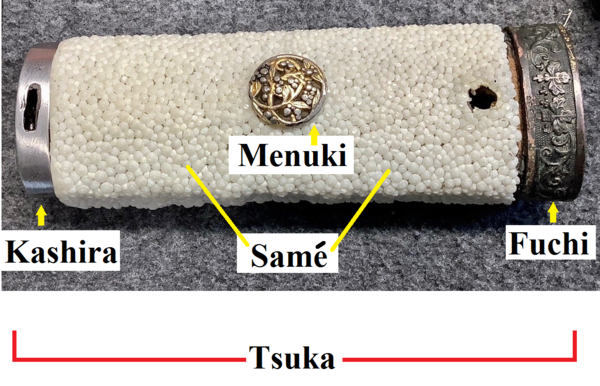
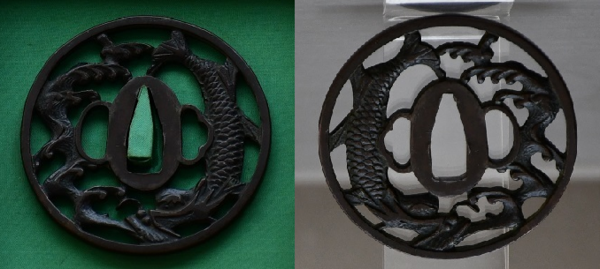

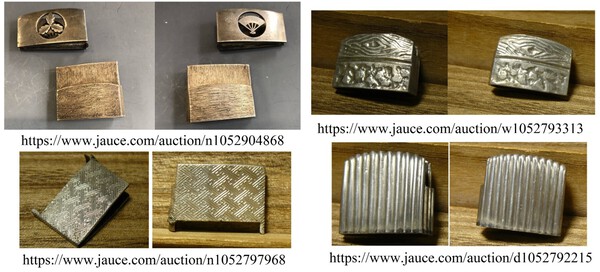



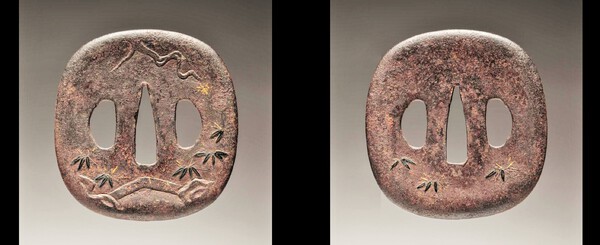

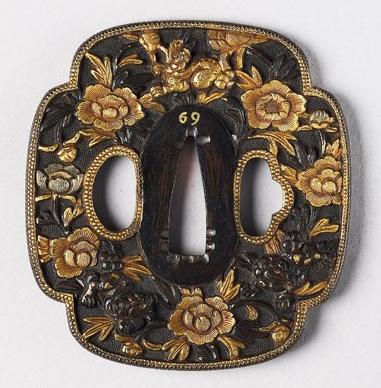
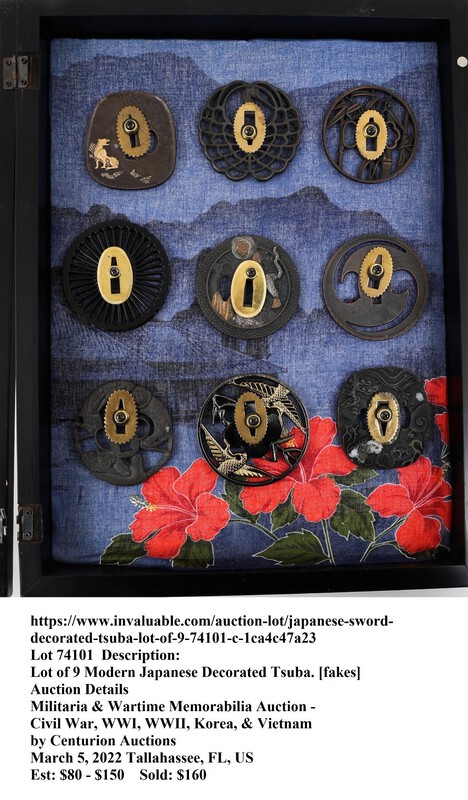
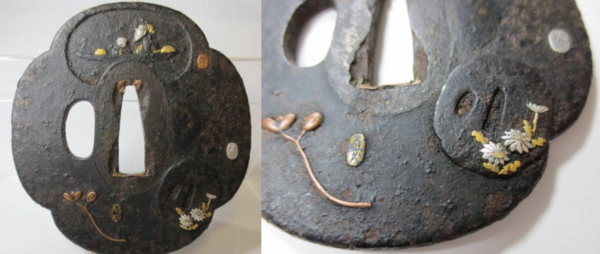
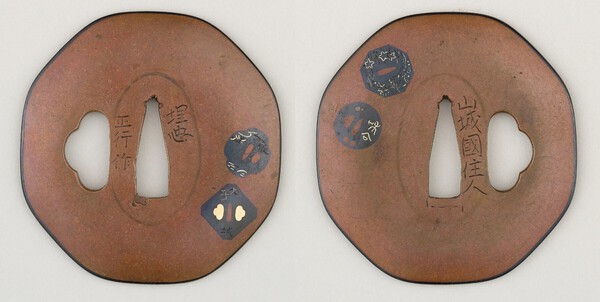


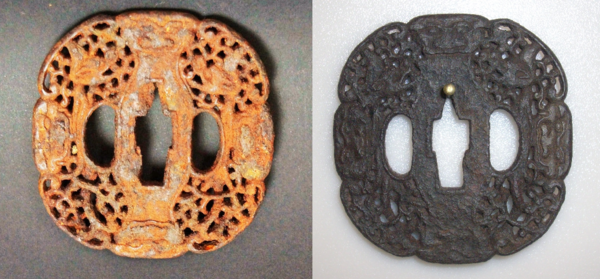
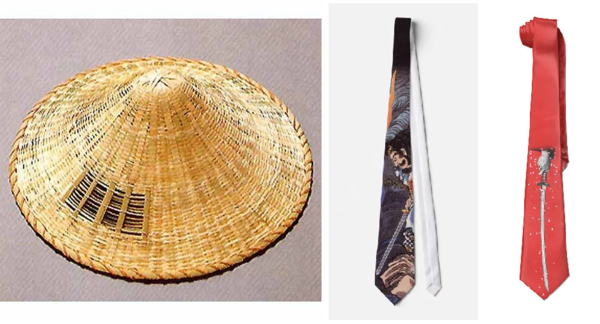
.thumb.jpg.141acfbfc69c9dde934cde6450c98791.jpg)
